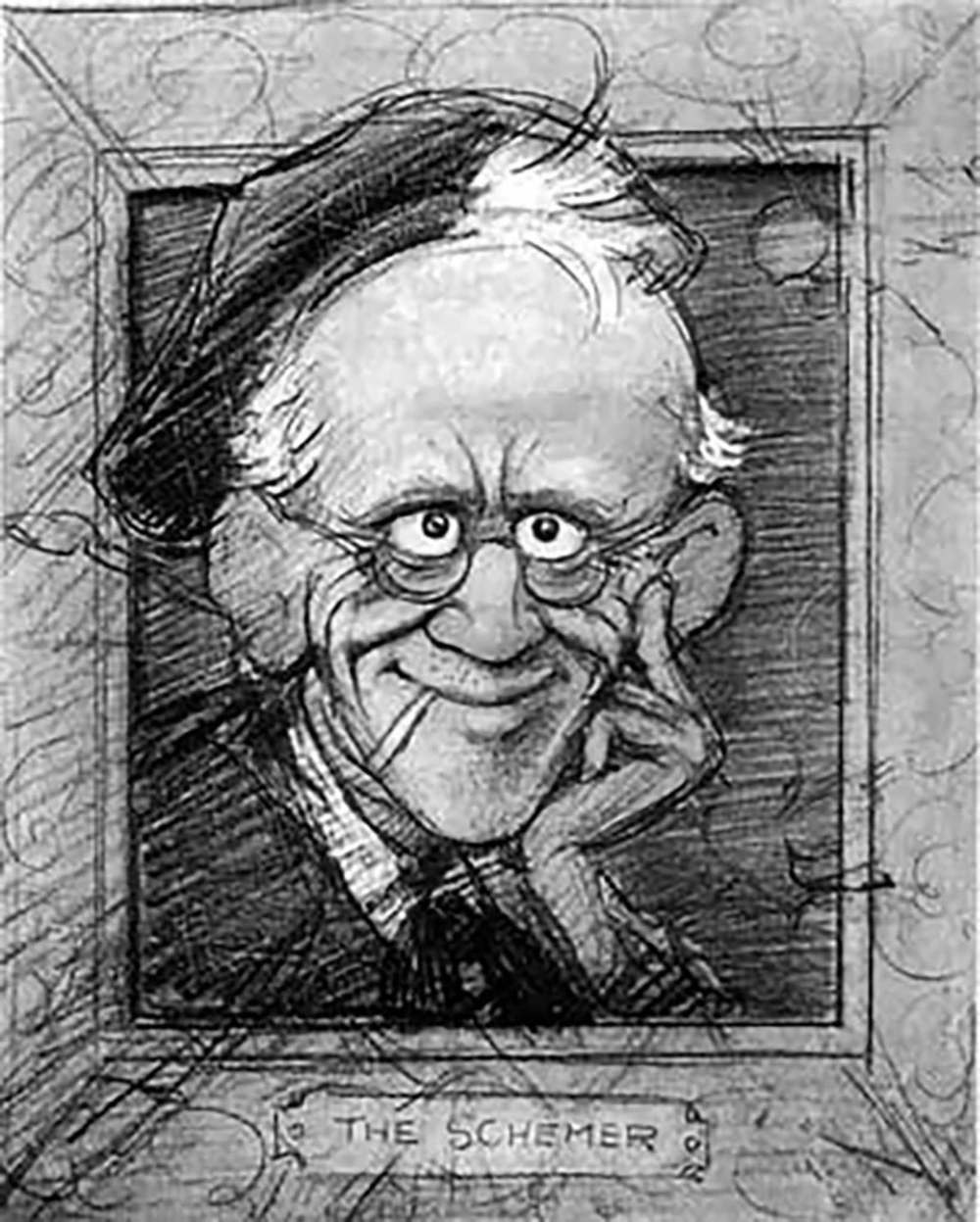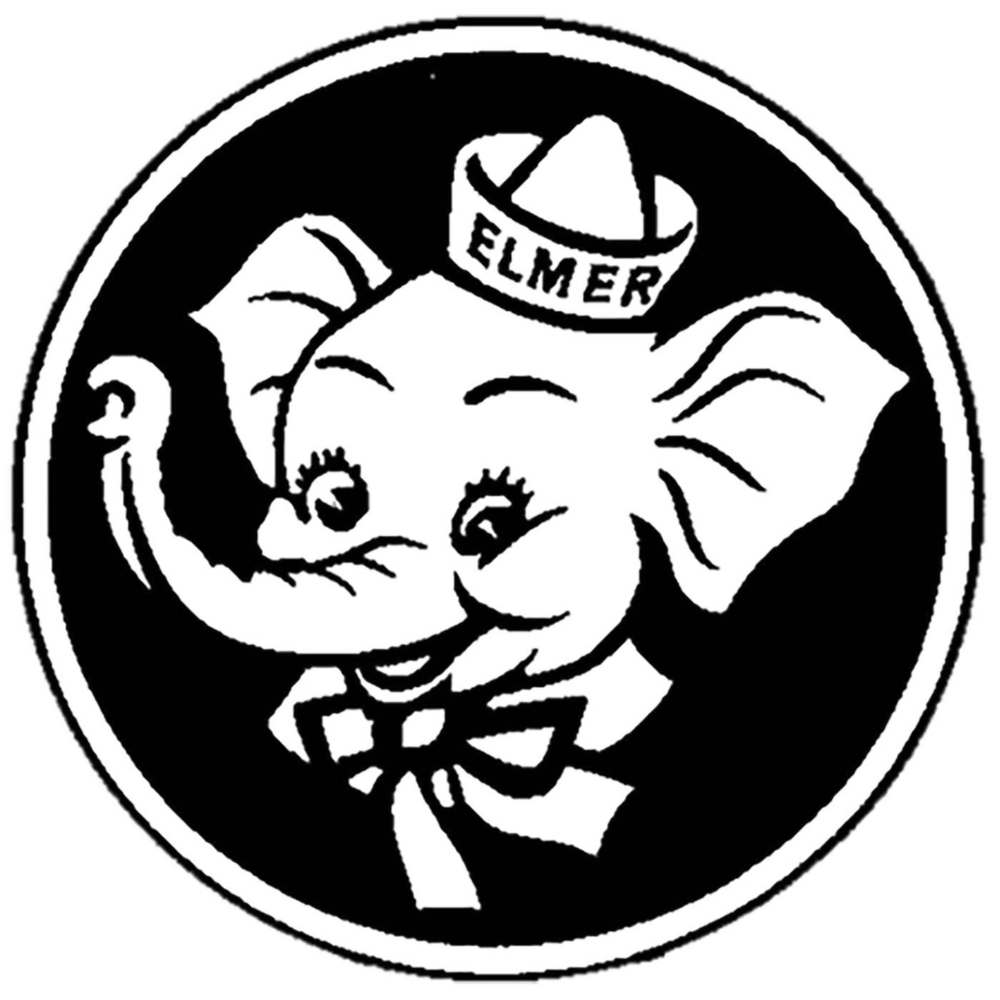Safety elephant had Winnipeg roots
Manitoba was in vanguard protecting kids in traffic
Advertisement
Read this article for free:
or
Already have an account? Log in here »
To continue reading, please subscribe:
Monthly Digital Subscription
$1 per week for 24 weeks*
- Enjoy unlimited reading on winnipegfreepress.com
- Read the E-Edition, our digital replica newspaper
- Access News Break, our award-winning app
- Play interactive puzzles
*Billed as $4.00 plus GST every four weeks. After 24 weeks, price increases to the regular rate of $19.00 plus GST every four weeks. Offer available to new and qualified returning subscribers only. Cancel any time.
Monthly Digital Subscription
$4.75/week*
- Enjoy unlimited reading on winnipegfreepress.com
- Read the E-Edition, our digital replica newspaper
- Access News Break, our award-winning app
- Play interactive puzzles
*Billed as $19 plus GST every four weeks. Cancel any time.
To continue reading, please subscribe:
Add Free Press access to your Brandon Sun subscription for only an additional
$1 for the first 4 weeks*
*Your next subscription payment will increase by $1.00 and you will be charged $16.99 plus GST for four weeks. After four weeks, your payment will increase to $23.99 plus GST every four weeks.
Read unlimited articles for free today:
or
Already have an account? Log in here »
Hey there, time traveller!
This article was published 05/12/2020 (1791 days ago), so information in it may no longer be current.
The cartoon character of Elmer the Safety Elephant was invented in Toronto, in 1947, to help reduce the incidence of accidents between cars and children. Safety officials in Toronto worried that, as traffic levels increased following the Second World War, the number of children who would be injured would increase. Lectures from teachers and police officers did not seem to have the desired effect. Instead, they introduced Elmer and, in the very first year, the number of accidents decreased by 44 per cent.
The idea was that Elmer would emphasize a few basic traffic safety tips that children would memorize and never forget, based on a widely-held belief that “elephants never forget.” When Elmer was introduced in 1947, there were five basic safety rules:
• Look both ways before crossing the street.

• Keep away from the space between parked cars.
• Ride your bike safely and obey all signs and signals.
• Play your games in a safe place away from the street.
• Walk, don’t run, when you cross the street.
Elmer’s sixth rule, that you should always walk on the left-hand side of the road, facing oncoming traffic, was introduced in the 1960s. A seventh rule, to always wear a seat-belt in the car, was added in the 1980s as seat belts became more common.
Kinsmen Clubs across Canada took up the idea and promoted it throughout the country. Here in Manitoba, the first place to introduce Elmer was the City of Brandon, in 1952. There, the chief of police went to local elementary schools and introduced the basic premise. Each school would be given a triangular green pennant featuring a picture of Elmer. The pennant would be raised on the school’s flagpole and stay there as long as no child was involved in a traffic accident. If an accident did occur, the pennant would be lowered to half-mast (or, in later times, taken down altogether) for periods ranging from 15 days, to 30 days, to an entire year. All children in the school would attend a pennant-lowering ceremony so it would impress on them the importance of following Elmer’s rules.
Elmer came to Winnipeg in 1955 but he did not expand province-wide until the early 1960s with support from the provincial government. Anyone who was attended elementary school in Manitoba in the 1960s probably remembers being introduced to Elmer’s rules. But there are two additional aspects of the traffic safety story that are unique to Manitoba.
Elmer the Safety Elephant was drawn in 1952 by a cartoonist named Charles Thorson. Born in Winnipeg of Icelandic immigrant parents, Thorson worked as an artist, drawing illustrations for Eaton’s catalogues until the mid-1930s when he moved to Hollywood and worked as a character designer for Walt Disney. He is credited with creating the prototype character of Snow White (suposedly based on a Winnipeg waitress he met in the 1920s), and six of the seven dwarves. (The seventh dwarf, Dopey, came later.) Thorson later worked for Warner Brothers Studios, where he created prototypes for the characters of Bugs Bunny and Elmer Fudd, and he is thought to have played a role in the creation of Popeye and Mighty Mouse. He returned to Winnipeg in the 1940s, and to doing artwork for Eaton’s and others. His collection of artwork, including hundreds of watercolour, pencil and ink sketches from his time in Hollywood, is held by the University of Manitoba Archives.

In 1936, a young woman named Louise Staples was teaching at Greenway School on St. Matthews Avenue. She worried about the safety of her pupils as they crossed the busy street. She enlisted some older students to help guide the younger students across the street and the idea proved so successful that it led to a national program, the Canadian School Safety Patrols program. School patrols still exist today and are a testament to this forward-thinking Manitoba teacher. From 1936, until 1963 when Elmer the Safety Elephant went province-wide, no child in Winnipeg was killed going to or from school, and fewer than five were injured in traffic accidents, thanks in large part to school patrols and to Louise Staples.
“Elmer the Elephant will keep school children remindful of safety rules at all times.”
To become a member of the Manitoba Historical Society, call 204-947-0559 or email info@mhs.mb.ca. The MHS is on Facebook, Twitter and Instagram as manitoba-history

